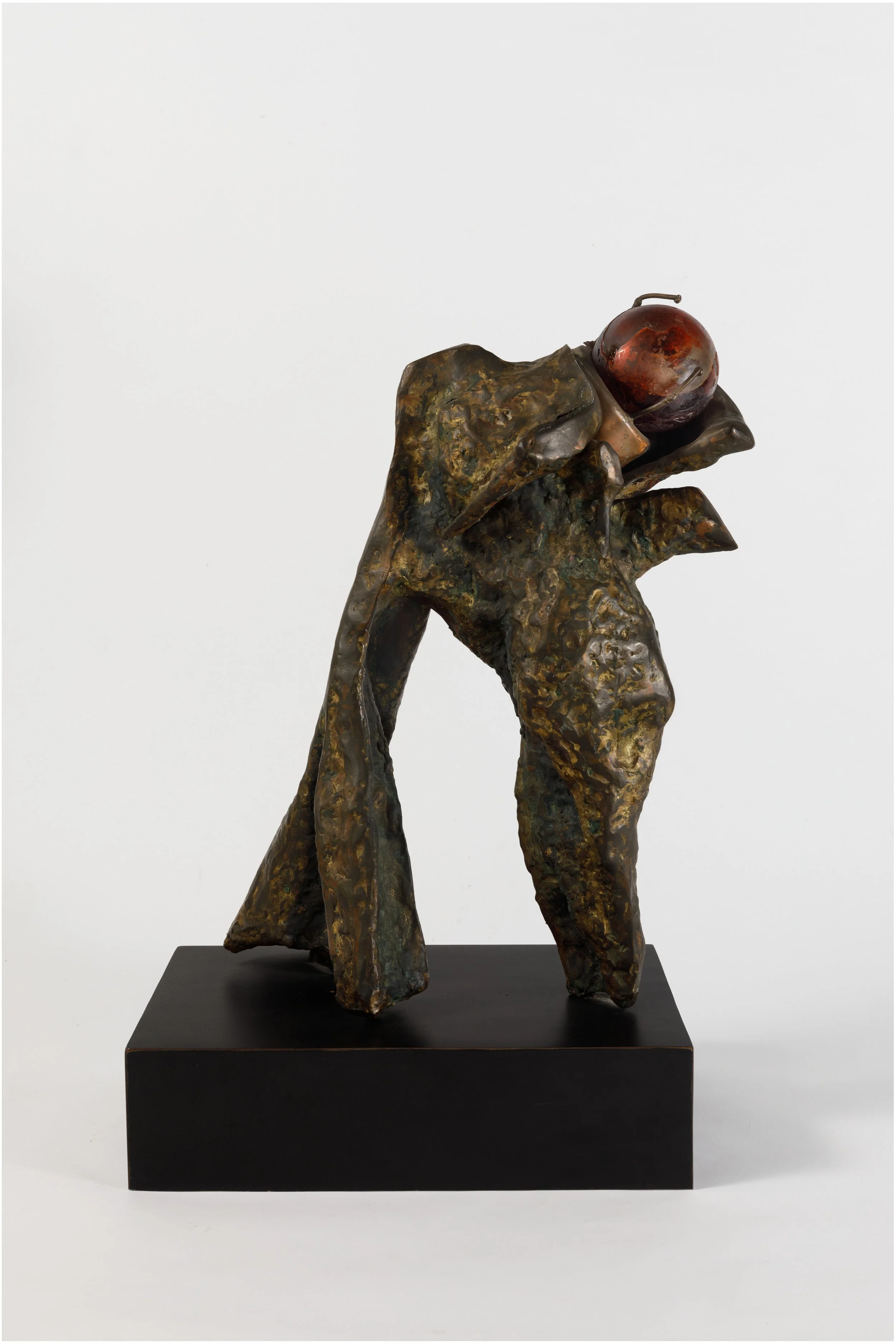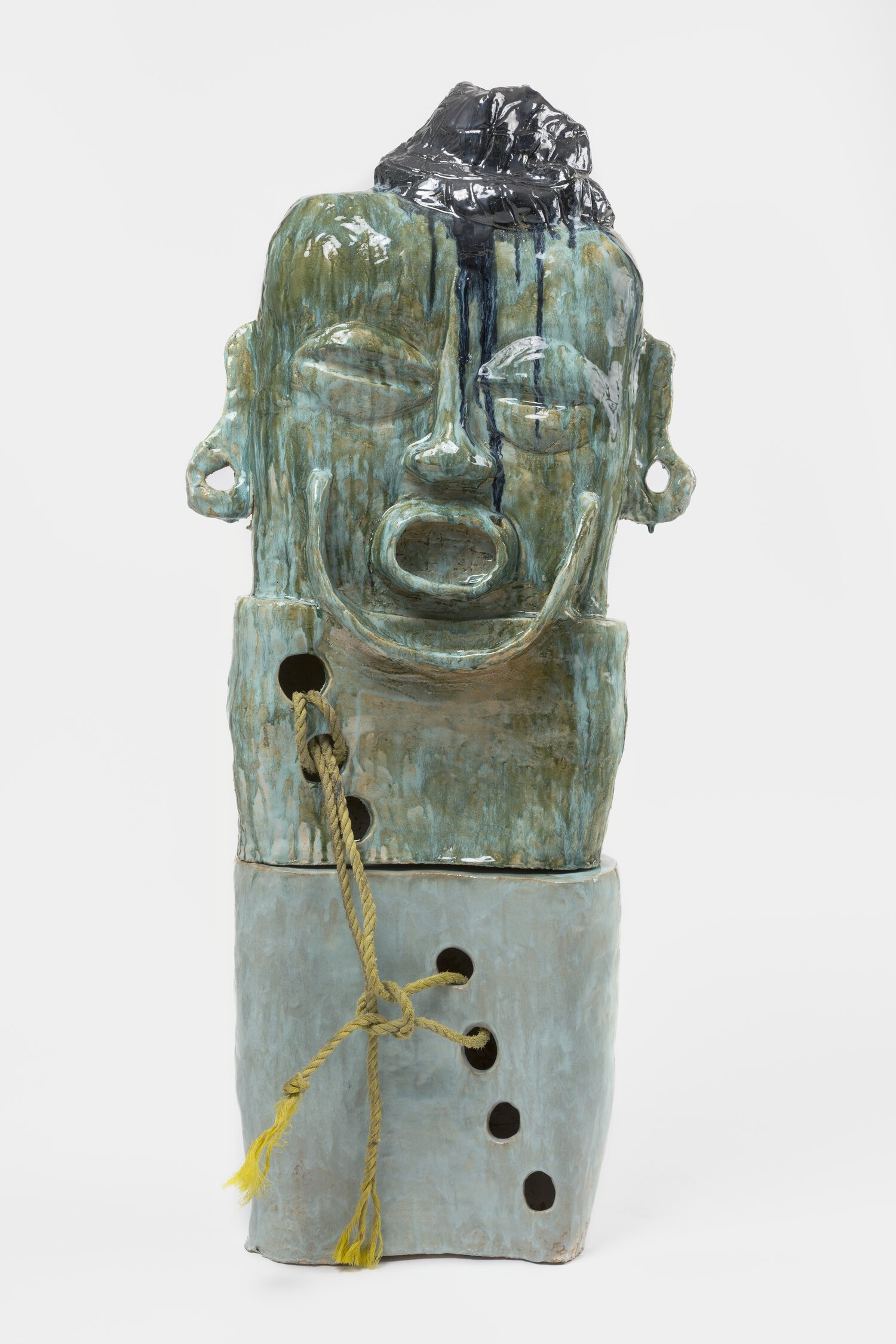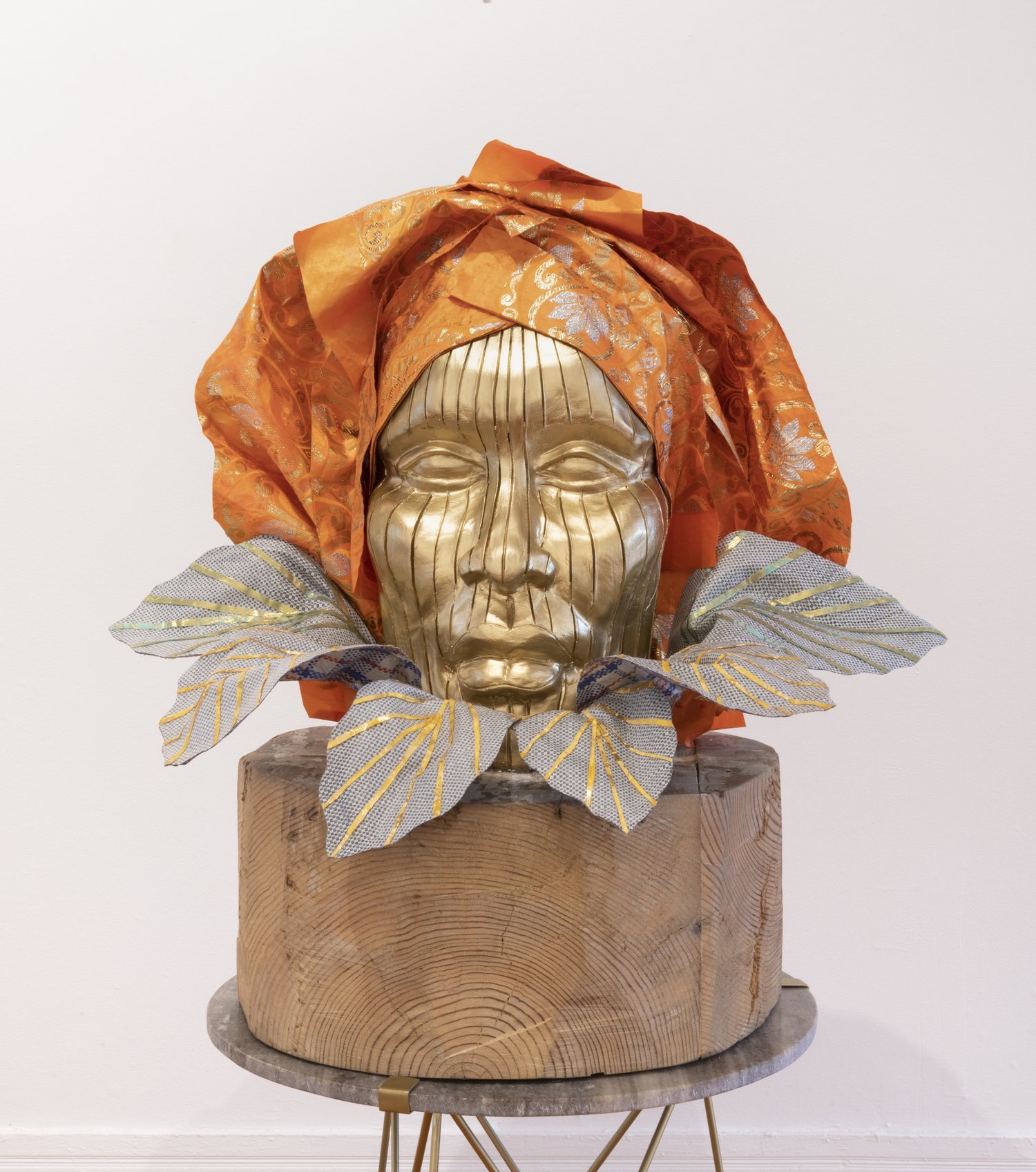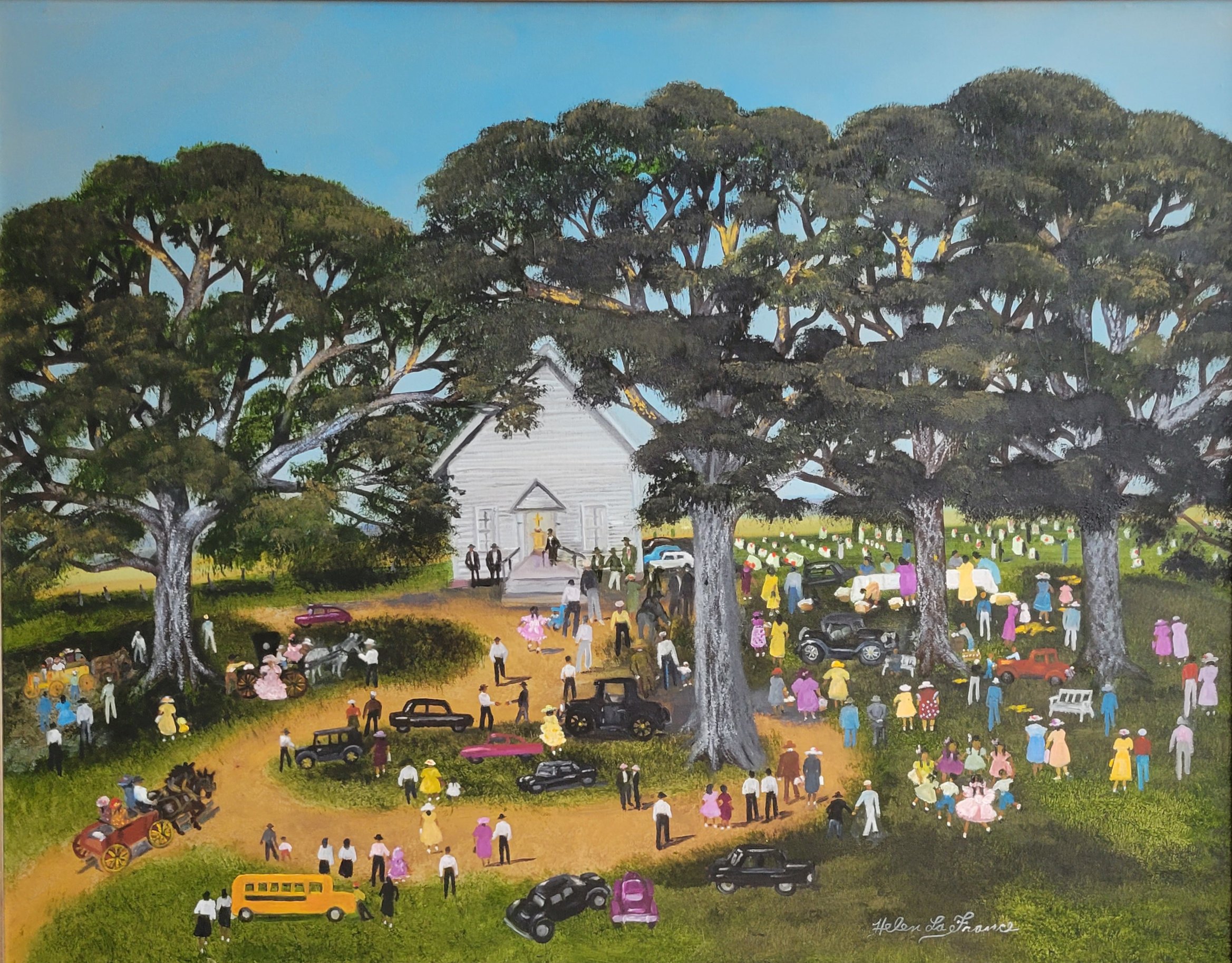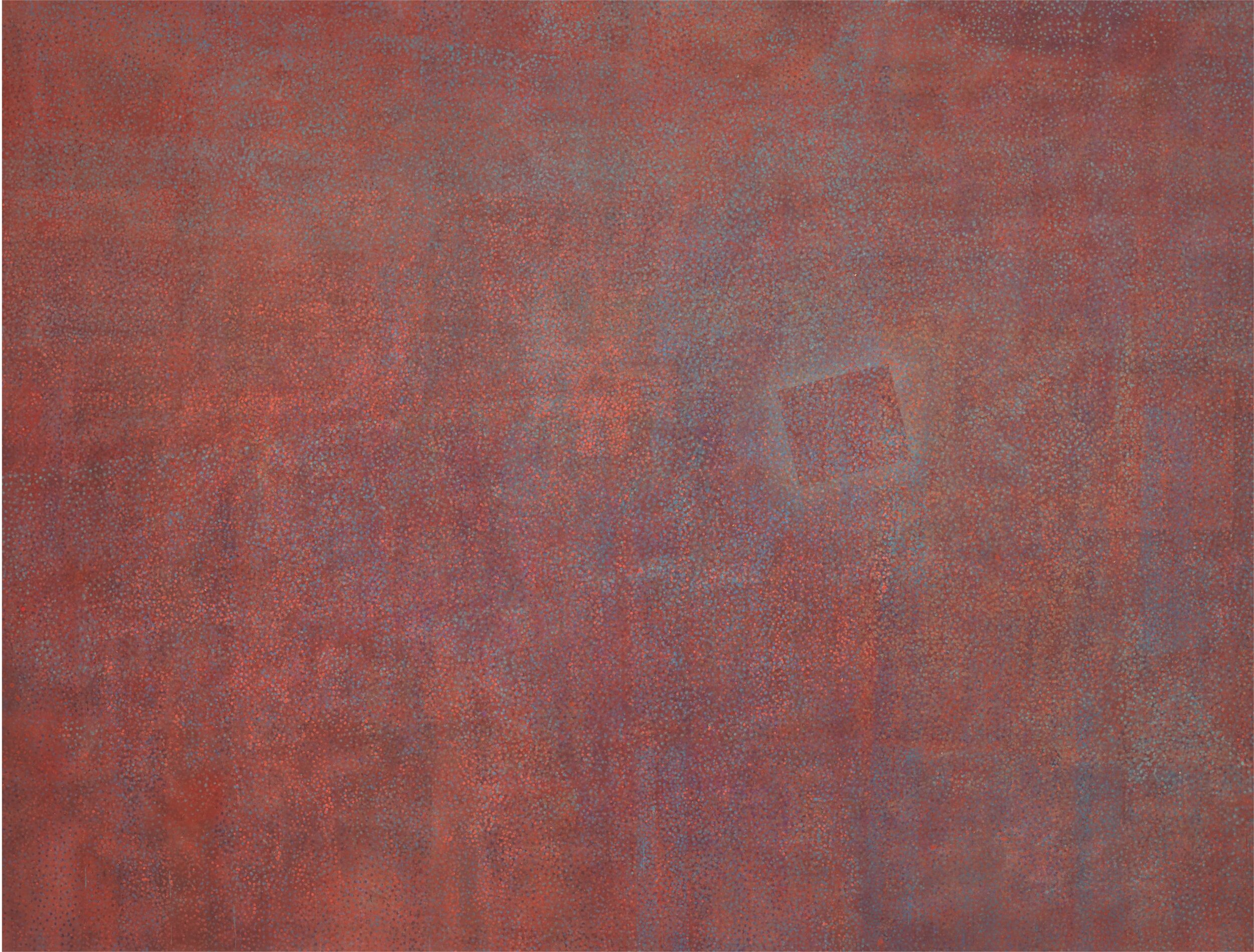
Geraldine McCullough
One of only a few Black women working as abstract sculptors during the mid-twentieth century, Geraldine McCullough (1917-2008) was born in Kingston, Arkansas, and grew up on Chicago’s South Side. After graduating with a bachelor’s degree in painting (1948) and a master’s degree in art education (1955) from the School of the Art Institute of Chicago, she taught art at Wendell Phillips High School, the first all-Black high school in Chicago. In 1964, though relatively unknown and competing against established sculptors, McCullough won the prestigious George D. Widener Gold Medal for Sculpture, awarded by the Pennsylvania Academy of the Fine Arts. Also in 1964, she was hired as a member of the faculty at Rosary College (now Dominican University) in River Forest, Illinois, where she also served as Chair of the Art Department for twelve years.
While she began her art practice as a painter and jewelry maker, McCullough commenced making large-scale sculpture during the early 1960s. She learned to weld from her husband, Lester McCullough. Phoenix, for which she was awarded the Widener Medal, is an expressive, contorted welded steel and copper form that invokes the rebirth of the mythical bird from the ashes of its self-immolation. In a 1964 article in Ebony magazine that featured her prize-winning work, McCullough is quoted as saying, “It seemed to me that the Negro, crushed so long under the weight of oppression, is now re-born and soaring toward complete freedom. That was the inspiration for Phoenix, but actually, what I tried to express in the piece was something more universal … that universal struggle of people and things, their wrestling with adversity, their eventual triumph and the perfection that results from their struggle.”1
McCullough’s description of this sculpture’s message of struggle and triumph calls to mind the engagement by many abstract expressionist artists with existential questions and the human condition. At the same time, the meaning of Phoenix was historically and culturally specific, for the rebirth of Black freedom that McCullough described was a central tenet of the Civil Rights movement for racial equality. McCullough was not alone among Black artists in employing the visual vocabulary of abstract expressionism to address historical and contemporary Black experience and the politics of race in the United States. Although these artists were involved to varying degrees in Civil Rights actions, as art historian Lisa Farrington writes, “[E]xcluding politics from their art was antithetical to the realities of their existence. Many could not.”2
Farrington writes, “McCullough’s structures in copper and other metals have both the clarity of form of African statuary and the quality of abstract expressionist gestures seen in the works of twentieth-century abstract sculptors such as David Smith and Theodore Roszak… Even those works that appear to be wholly nonrepresentational resonate with allusions to the figure and seem on the verge of commuting from a nonobjective to a bodily state.”3 McCullough's abstract cast bronze Chaka (1967) alludes to the figure in its composition and suggestion of dancelike motion. Its pitted surface is activated with traces of the artist’s fingers shaping clay; the spiraling glass form that emerges from the top of the sculpture evokes burgeoning energy. With surface and structural elements that peel back to reveal layers within the sculptural form, Chaka invites interpretation rather than a particular narrative reading. The work’s title may refer to the founder, in the early nineteenth century, of South Africa’s Zulu empire.4
McCullough’s sources of inspiration were global, including the arts of various African peoples and pre-Encounter Mexican art. While most of her sculptures are abstract, in her 1973 Our King, Dr. Martin Luther King, Jr. McCullough invoked the stylized figuration seen in sculptural portraits of rulers of the Kingdom of Benin, in West Africa. Honored here as a Civil Rights icon and peacemaker, King wears the ceremonial attire of Benin royalty. Atop his elaborate headdress, which is adorned with multiple small heads, is a dove of peace; he holds a broken sword and wears a Nobel Peace Prize medal. McCullough also created a more conventionally realistic sculptural portrait of King in 1988 that stands near the state capitol in Springfield, Illinois.
In 1993, McCullough wrote, “We African American women have been the path finders who always knew the risks, mindful of the responsibilities and realizing that there was no where to return… I dream of the great art of my ancestors who sorely believed that the art-object has a spiritual essence and an inner life of its own – that it had a subjective power that was all encompassing.”5 The spiritual essence and inner life of McCullough’s ancestral dreams infuses the sculptures she produced throughout her career. Following her retirement in 1989, she was awarded an honorary doctorate from Dominican University. She continues to be recognized for her contributions to the artistic vitality of Chicago, where she lived and worked for most of her life.
Melanie Anne Herzog
1 Geraldine McCullough, quoted in “A Gold Medal for Talent,” Ebony 19, no. 8 (June 1964), 114.
2 Lisa Farrington, African-American Art: A Visual and Cultural History (Oxford and New York: Oxford University Press, 2017), 217.
3 Lisa E. Farrington, Creating Their Own Image: The History of African-American Women Artists (Oxford and New York: Oxford University Press, 2005), 199-200.
4 The Zulu chief Chaka, or Shaka, (c. 1787-1828) reigned from 1816 until 1828.
5 Geraldine McCullough, artist statement for the exhibition Abstract: Chicago, 1993 at Klein Art Works, Chicago, quoted in Lowery Stokes Sims, “Ancestralism and Modernism: Elizabeth Catlett, Geraldine McCullough, Barbara Chase-Riboud,” in 3 Generations of African American Women Sculptors: A Study in Paradox, Leslie King-Hammond and Tritobia Hayes Benjamin, Guest Curators (Philadelphia: The Afro-American Historical and Cultural Museum, 1996), 48.
